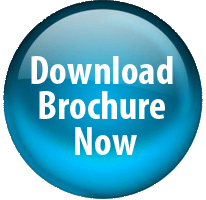
Waheib A Bamatraf
Saud Al-Babtain Cardiac Center, Saudi Arabia
Title: Case report of Ivabradine use post acute MI complicated by cardiogenic shock and review of literature
Biography
Biography: Waheib A Bamatraf
Abstract
Background: The cornerstone of the management of cardiogenic shock (CS) is
inotropic agents. However, they have a drawback of increasing heart rate (HR) which is considered an independent predictor of mortality. Ivabradine has a potential of reducing HR without interfering with positive effects of inotropes.
Case: A 37 years old man known case of DM, presented with extensive anterior STEMI. Primary PCI was done to LAD. During the procedure he developed recurrent VF for which DC shocks were given, CPR was done for 4 minutes. He was started on mechanical ventilation. Subsequently IABP was inserted along with introduction of Dopamine, Noradrenaline and Adrenaline at maximum doses. Post intervention his systolic blood pressure (SBP) was between 90-100 mmHg and HR was 125-140 bpm and tissue hypoperfusion was evident. Echo showed LVEF 35% with no mechanical complications. After 24 hours from admission, due to significant tachycardia, Ivabradine was initiated. The next day, significant improvement in HR 80-100 bpm and improvement in SBP 110-120 mmHg were noted; which allowed discontinuation of inotropes and extraction of IABP. He was discharged from the hospital after 6 days of admission. No adverse effects were documented during hospitalization.
Discussion: The pharmacological management of CS has not evolved for long time. It is hampered by difficulty in conducting RCTs in such critical unstable patients. Ivabradine is currently not used in CS due to lack of supporting evidence, despite that sound understanding of physiological and pharmacological aspects of CS and inotropes favors a possible role for controlling heart rate without negative inotropy.
Conclusion: Concomitant use of Ivabradine with maximal inotropes didn’t result in adverse effects, actually, favorable hemodynamics were noted within 24 hours of initiation in our single case reported here. Further research may be warranted to explore feasibility of Ivabradine use in such clinical setting.

